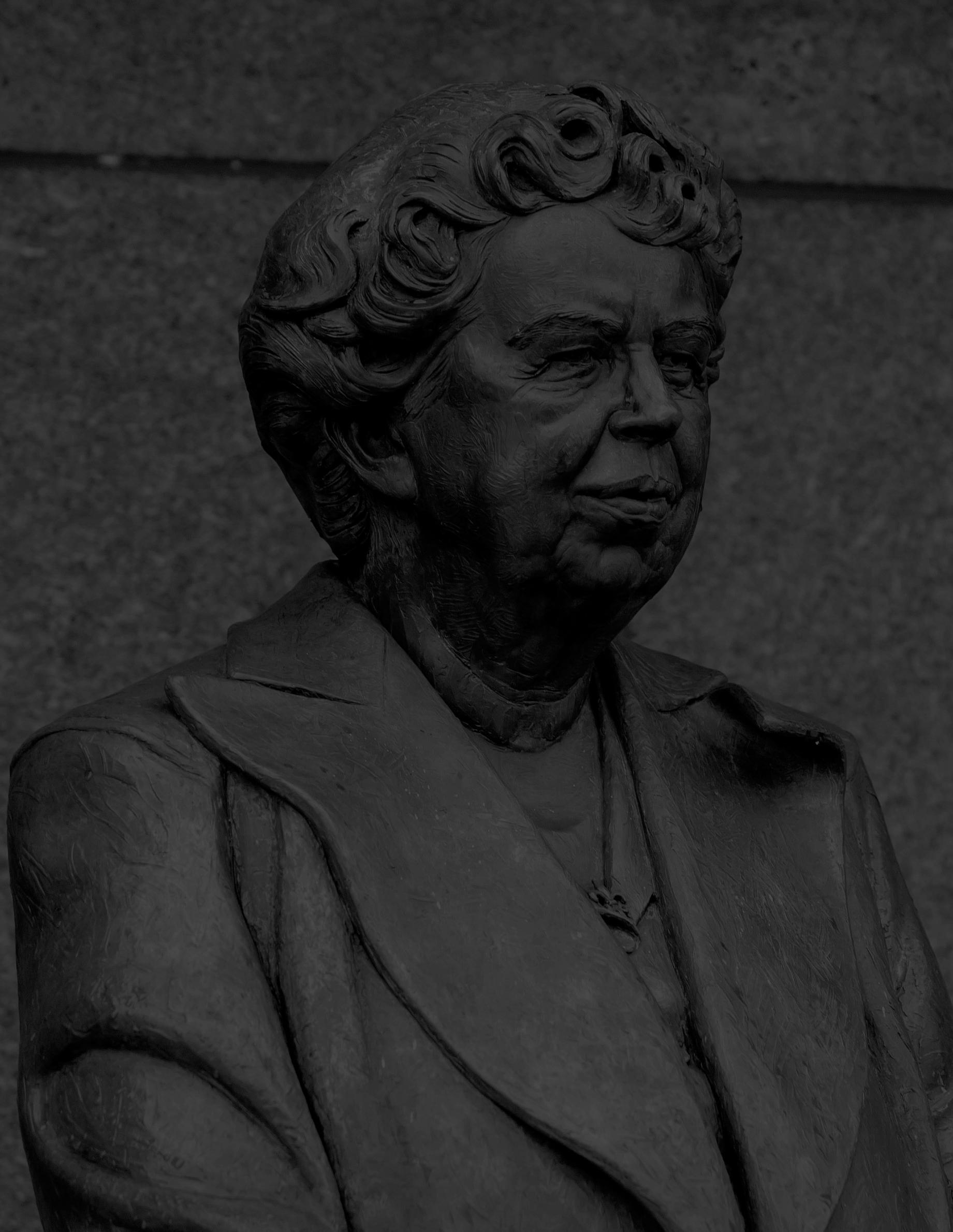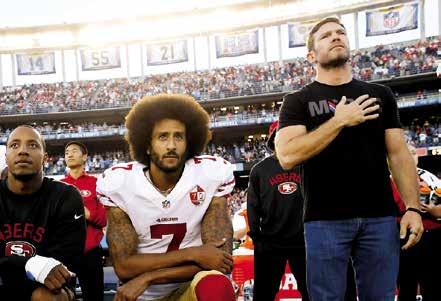
2 minute read
THE FOUR FREEDOMS
— Franklin D. Roosevelt, January 6, 1941
Advertisement
On January 6, 1941 President Franklin D. Roosevelt delivered his eighth State of the Union address, now known as the Four Freedoms speech. The speech was intended to rally the American people against the Axis threat and to shift favor in support of assisting British and Allied troops. Roosevelt’s words came at a time of extreme American isolationism; since World War I, many Americans sought to distance themselves from foreign entanglements, including foreign wars. Policies to curb immigration quotas and increase tariffs on imported goods were implemented, and a series of Neutrality Acts passed in the 1930s limited American arms and munitions assistance abroad.
In his address, Roosevelt called for the immediate increase in American arms production, and asked Americans to support his “Lend-Lease” program, which gave Allies cash-free access to US munitions. Most importantly, Roosevelt announced his vision for the world, “a world attainable in our own time and generation,” and founded upon four essential human freedoms: freedom of speech and expression, freedom of worship, freedom from want, and freedom from fear.

Franklin D. Roosevelt gives a radio address regarding his state of the union message to Congress. Washington, D.C., January 11, 1944.
Courtesy of Franklin D. Roosevelt Presidential Library & Museum
These freedoms, Roosevelt declared, must triumph everywhere in the world, and act as a basis of a new moral order. “Freedom,” Roosevelt declared, “means the supremacy of human rights everywhere.”

— Eleanor Roosevelt

Sixth draft of Annual Message to Congress (Four Freedoms Speech), (pg. 18), January 6, 1941
Courtesy of Franklin D. Roosevelt Presidential Library & Museum

Eleanor Roosevelt addresses the UN General Assembly at the United Nations, July 1947.
Courtesy of Franklin D. Roosevelt Presidential Library & Museum
LEGACY OF THE FOUR FREEDOMS
Franklin D. Roosevelt’s call for human rights has created a lasting legacy worldwide. These freedoms became symbols of hope during World War II, adopted by the Allies as the basic tenets needed to create a lasting peace. Following the end of the war, the Four Freedoms formed the basis for the Universal Declaration of Human Rights.
The Declaration was drafted over two years by the Commission on Human Rights, chaired by former First Lady Eleanor Roosevelt. It was adopted on December 10, 1948, and is one of the most widely translated documents in the world. Drawing on Roosevelt’s Four Freedoms speech, the Declaration calls for all governments and people to secure basic human rights and to take measures to ensure these rights are upheld.
The Declaration has inspired numerous international human rights treaties and declarations, and has been incorporated into the constitutions of most countries since 1948.
Courtesy of Four Freedoms Park Conservancy, find out more at fdrfourfreedomspark.org.







